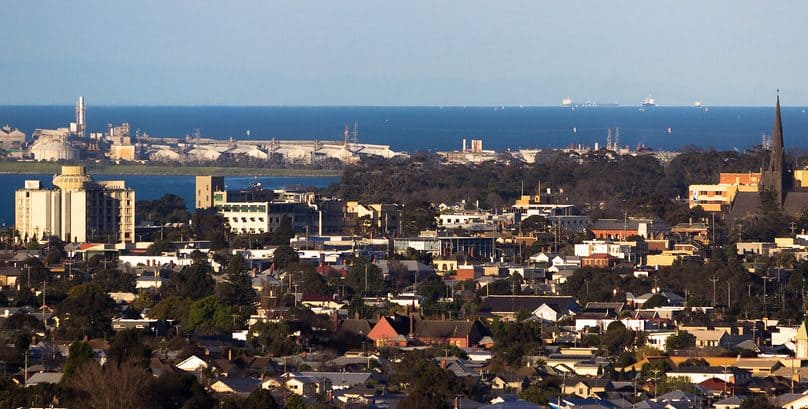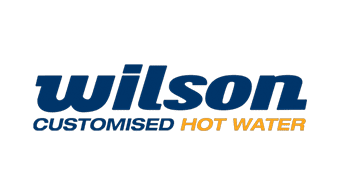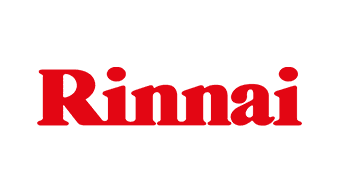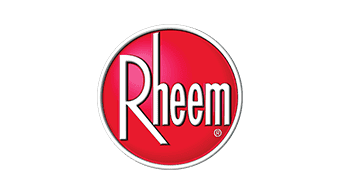
The History of Plumbing in Geelong
Roughly 75 kilometres south-west of Melbourne, Geelong came to life during the gold rush era and is now the 11th largest city in Australia.
In many ways, the city is the younger sibling of Melbourne. However, when it comes to plumbing, has it merely followed in Melbourne’s footsteps? Or is there a story of leadership and initiative?
As one of the metro areas serviced by Metropolitan Plumbing and our local team of Geelong plumbers, we’re keen to know more. Join us for a dive into Geelong’s plumbing history!
Tapping into the Barwon River (1800s)
The name Geelong derives from Djillong, meaning ‘a tongue of land’. It was the name the Traditional Land Owners, the Wathaurong People, used for the local area.
Many early explorers chose not to settle in the region. That changed in the 1830s as steady growth in the wool industry led to settlement in the area. When the gold rush struck two decades later, Geelong blossomed into a fully fledged town.
When it came to water, Geelong was actually one of the most progressive regional centres. The construction of a breakwater across the Barwon River in 1840 separated saltier water from the lower reaches and fresher, inland water for drinking.
However, as the local industry grew, so too did the pollution levels in the Barwon River and nearby Corio Bay.
At the time that just wasn’t a big deal, though.
The Introduction of Piped Water
The latter half of the century saw Geelong introduce a reticulated, or piped, water network. It became one of the first towns in Victoria to have drinking water transported via pipes. It was the completion of the Lower Stony Creek Reservoir in 1873 that made this possible. Following several failed attempts, the dam became the first in Australia to use mass concrete in its construction. The first place to benefit? The Geelong Infirmary and Benevolent Asylum.
Geelong Plumbing Takes Shape (1900s-1950s)
The first true plumbing and sewerage network in Geelong appeared in the 1910s.
Spearheaded by local authorities such as the Geelong Municipal Waterworks Trust, now Barwon Water, locals wanted to improve local sewerage systems. Mostly, because there was none.
Stone & Siddeley was awarded the contract to design and build the first sewers in Geelong, a process that began in 1912. Connection to the first homes took place by 1916, and in 1917 the whole system was up and running.
The New Wurdiboluc Reservoir
If you’re wondering where the sewage went, the destination was Black Rock at Connewarre, along the Bass Strait. Though it was chosen as the prime location site, nearby locals and beaches suffered nasty side effects as sewage was dumped close to shore.
One decade later, the State Rivers Water Supply Commission scheme spearheaded the development of a new reservoir at Wurdiboluc. The new dam supplied the greater Bellarine Peninsula with drinking water.
Cleaning Up the Water (1960s-1980s)
1964 saw progress towards cleaning Geelong’s water when a trade waste agreement determined local factories could no longer dump their waste into the Barwon River. It was a monumental shift and a genuine step forward.
Construction of a new major water supply source also took place around the same time, the West Barwon Reservoir. Nestled in the Otway Forest, about 90km south-west of Geelong, the West Barwon Reservoir remains the main source of water for locals.
Not to be forgotten, the original breakwater established back in the 1840s finally enjoyed an upgrade due to an increasing amount of modern traffic in the region.
Twenty years after the trade waste agreement, an upgraded treatment plant opened at Black Rock in 1989. They also ditched the shoreline outfall and replaced it with a far more efficient – and welcomed – 1.2km outfall pipe. The locals had their beaches back.
Embracing New Technology (1990s-Present)
The 1990s was a boom decade for sewerage in Geelong. Yep, that’s a sentence you just read. Wurdiboluc began supplying treated water in 1991, while five years later Black Rock enjoyed another upgrade.
It could then conduct biological treatment of sewage, and as a result, provided recycled water to local farms. Across the region, several sewage treatment plants popped up and as of 2020, Barwon Water oversees 11 reclamation plants.
Meanwhile, nearly 80 years after it was first built, the original sewer aqueduct that transported waste safely past the Barwon River was decommissioned. Since 1916 it had serviced Geelong, before finally reaching the end of its life.
Now the city continues to benefit from the newest technology. Black Rock remains at the forefront with a biosolids drying facility, while the ground breaking Melbourne to Geelong pipeline was finished in 2013.
The pipeline diversified the region’s water supply, offering security in times of serious drought.
Call Metropolitan For A Plumber in Geelong!
Just like Barwon Water, Metropolitan Plumbing aims to be at the forefront of our industry. As local plumbers, we know the region like the back of our hand. We bring the latest knowledge and tools, and the best customer service experience, always with a significant level of respect to the history of plumbing in Geelong.
If you’re after a local tradie, forget a frantic Google search for ‘plumber Geelong‘. Metropolitan Plumbing is the only place you need to call. Discover for yourself today.
Published: 2020-07-10

















